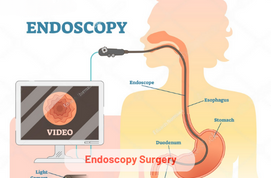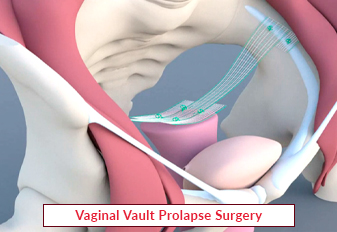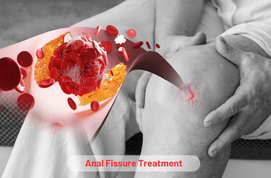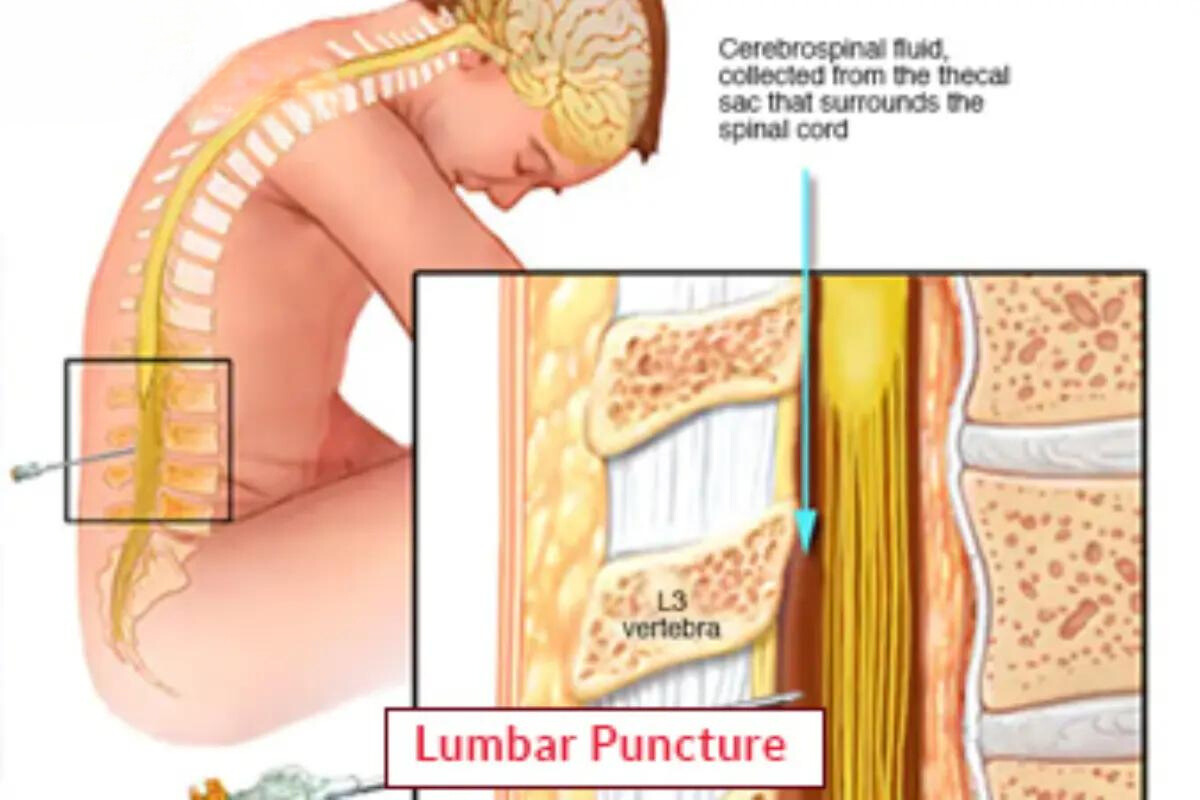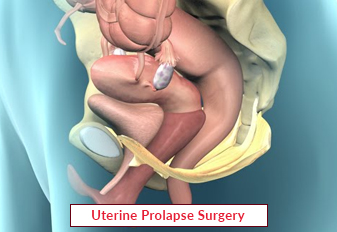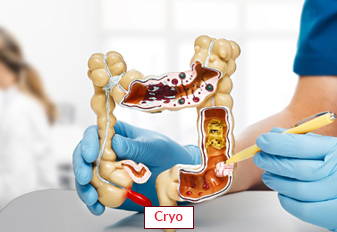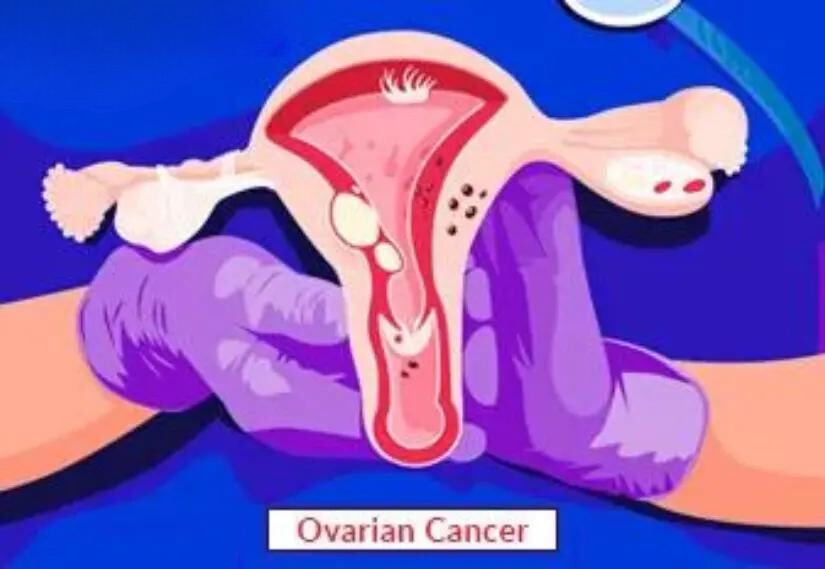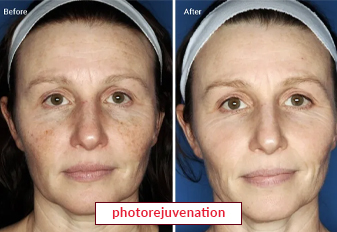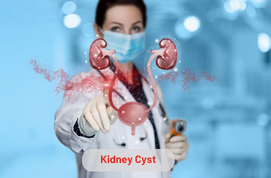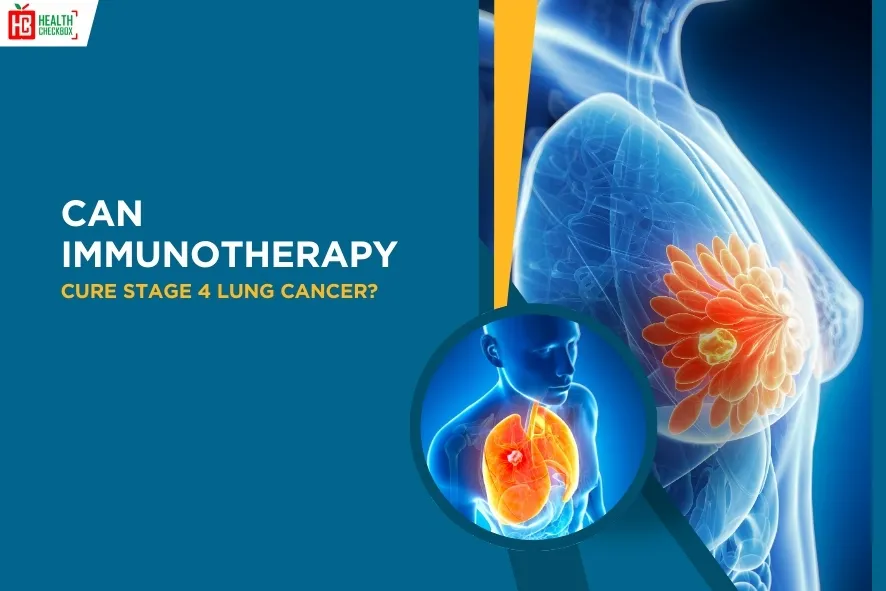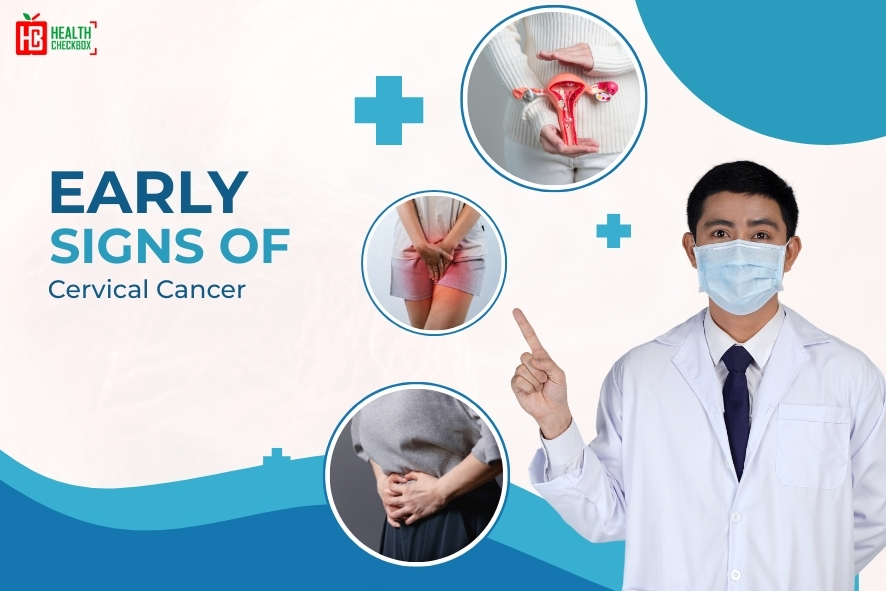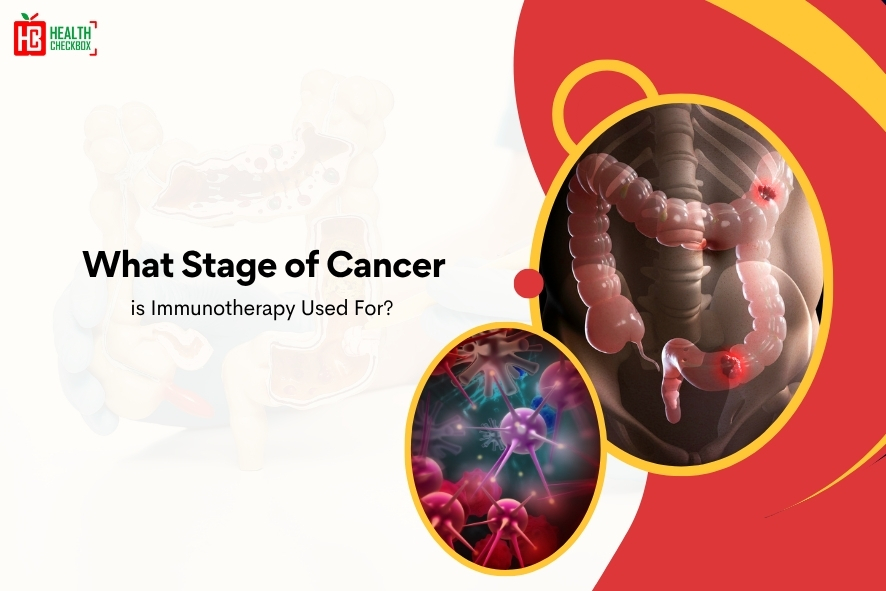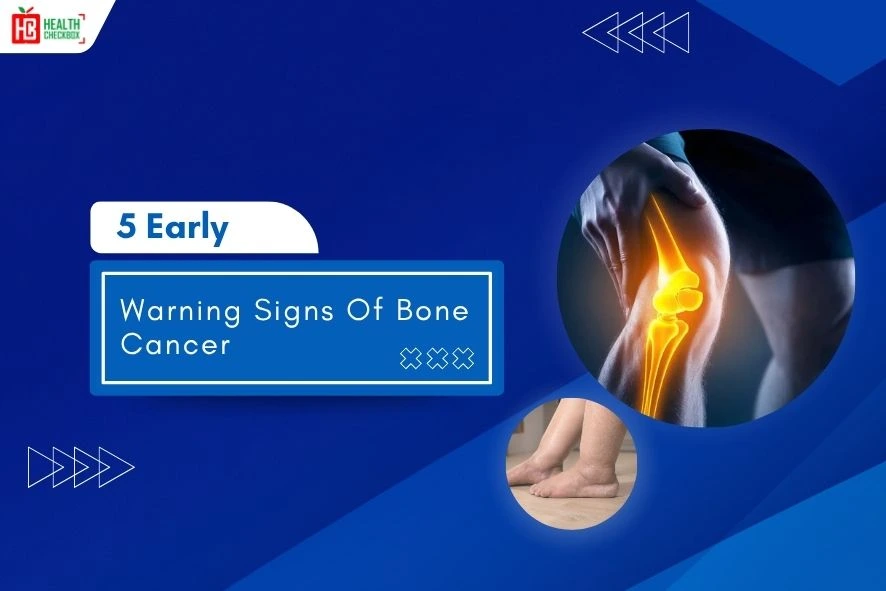It is commonly known as keyhole surgery. It makes use of an endoscope. It’s a thin, flexible tube with a light and lens on the end. When small incisions are created in the human body, this medical equipment makes it easier to see and operate. Many advantages of this innovative technique over open surgery include fewer cuts, less blood loss, fast recovery times, lesser side effects, and a lower risk of complications.
It serves both therapeutic and diagnostic purposes for a wide range of medical healthcare experts. Surgeons can perform different operations that range from removing tumors or polyps to healing internal injuries. There has been rapid continuous technology advancement in medical science. It has enabled intricate procedures to be performed with precise accuracy. Ultimately this has improved the patient outcomes and quality of life.
Who Needs This Surgery?
This is a process that can be used to diagnose and treat a number of illnesses. It may be advised for people who show specific symptoms or disorders.
Below are the factors which mandate endoscopy:
- If a patient suffers from heartburn, acid reflux, difficulty swallowing, nausea, vomiting, stomach discomfort, or weight loss, an endoscopy may be indicated to determine the cause.
- Children with heart and lung diseases.
- This activity can detect early signs of cancer in the GI tract.
- Those who are suffering from adverse health conditions in the urinary system like infection and kidney stones.
- Patients who are facing joint issues. They may get benefits from the arthroscopy.
- It helps in the diagnosis of celiac disease. The lining of the small intestine is analyzed effectively.
- Individuals suffering reproductive system issues and other disorders.
Diseases That Can be Detected by Endoscopy Surgery
This is a method of medical examination in which doctors can identify a number of GI tract disorders and diseases. It can diagnose the following diseases:
- Cancer
- Bile duct problems
- Barretts esophagus
- GI bleeding
- Herniated disc
- Esophagus
- Classic FAP
Endoscopy Surgery Benefits
The following are some advantages of endoscopy:
- Patients can normally return to normal activities within a day after the treatment.
- The danger of infection, hemorrhage, and other surgical issues is reduced.
- Endoscopy employs a natural bodily hole, and there is no need for incisions, resulting in no scar.
- These types of surgery are less painful than other surgeries.
- This can aid in detecting and treating disorders in a single process.
- It offers minimal risk and is popularly known as one of the safest medical treatments.
Risks of Endoscopy Surgery
This is a safe and secure surgical activity, but it also has a number of risks. That are listed below:
- Bleeding
- Infection
- Discomfort
- Allergic reactions
- Perforation
- Breathing problems
- Heart issues
- Low blood pressure
Symptoms After Endoscopy Surgery
- Chest pain
- Abnormal stool
- Fever
- Shortness of breathing
- Abdominal pain
Procedure of Endoscopy Surgery
Before The Process
- Patients will consult with their doctor. The doctor will explain the aim of the procedure and evaluate the patient’s medical history.
- Before the activity begins, the patient may be asked to fast for several hours. For ensuring a clear view of the stomach.
- It is also recommended that patients stop taking or modify certain medications, like blood thinners.
During The Procedure
- The patient will lie on a table on their back or side.
- The medical team will monitor your body health conditions, like breathing, blood pressure, and heart rate.
- An IV line will be placed in the arm for sedation and medication. This will help patients to relax and reduce discomfort during the process.
- A doctor will insert the endoscope instrument through the mouth, anus, or other opening. It mostly depends on the types of endoscopy surgery.
- The camera will display real-time photographs on a monitor screen. Through this, the doctor can analyze the internal organs and detect any problems.
- Sometimes, the surgeon may take small tissue samples, remove polyps, or perform other therapeutic actions during the activity.
- The complete operation usually takes sixty minutes, depending on the type and difficulties of the endoscopy.
After The Process
- As the sedative drug wears off, patients will be observed in a recovery area after the surgery is completed.
- People should avoid carrying heavy weights.
- Tolerants are encouraged to take their prescribed medications as per dose time.
- Patients are asked to let their doctor know about any allergies or health concerns.
Latest Health Tips
Can Immunotherapy Cure Stage 4 Lung Cancer?
Early Signs of Cervical Cancer
Foods that Kill Cancer: Leafy Vegetables, Grains, & More
What Stage of Cancer is Immunotherapy Used For?
Which is Worse for Cancer, Sugar or Alcohol?
Vaccines That Prevent Cancer
What Kills Cancer Cells in the Body Naturally?
Early Warning Signs of Bone Cancer
Submit Your Enquiry
Testimonials








